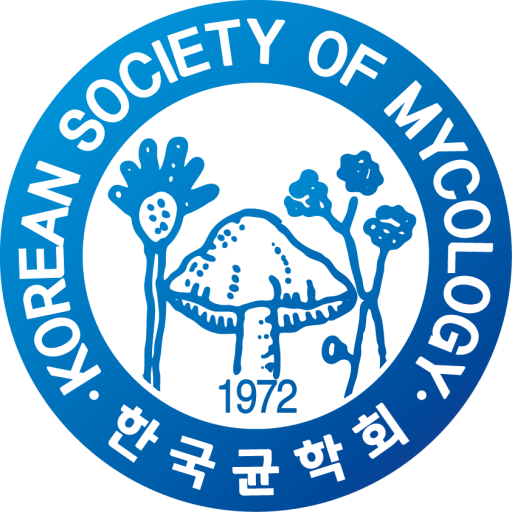Draft for Quick Respond Guideline to Tilletia indica, a High-Risk Fungal Plant Pathogen
Doh Hoon Shin1, Hyun Uk Cho1, Hyeongjin Noh1, Seong Hwan Kim1*, and Ki-Jeong Hong2
1Department of Microbiology, Dankook University, Cheonan, 31116, Korea
2Department of Agriculture and Life Science, Sunchon National University, Sunchon, 57922 Korea
*Email: piceae@dankook.ac.kr
Foreign plant pathogen introduction can result in significant economic losses in agricultural and forest production in Korea. Therefore, a plan the Animal and Plant Quarantine Agency is needed to select the pests with the highest risk of being introduced into the country and prepare response guidelines for each pest to block the inflow of pests, detect them early in case of invasion, and build a solid national biosecurity network through proactive prevention. In this presentation, Tilletia indica was selected for requirements and a draft response guideline was prepared. For the response manual, five sections were prepared. They are 1: Pathogen information including taxonomic position, distribution, host, physiology and ecology of the pathogen, economic effect, and environmental effect; 2: Identification including symptom, morphology, and similarity with closely relate species; 3: Investigation method including image analysis, wash & PCR, PCR–Differentiate and identify T. indica, T. horrida, T. controversa, T. tritici, PCR-Differentiate and identify T. indica, T. walkeri, T. horrida, T. ehrhartae and T. tritici, and seed immunoblot binding; 4: Control method including seed treatment, host plant resistance, and phytosanitary treatment; 5: Introduction pathway: seed infection, natural disperse, and plant trade.

 English
English